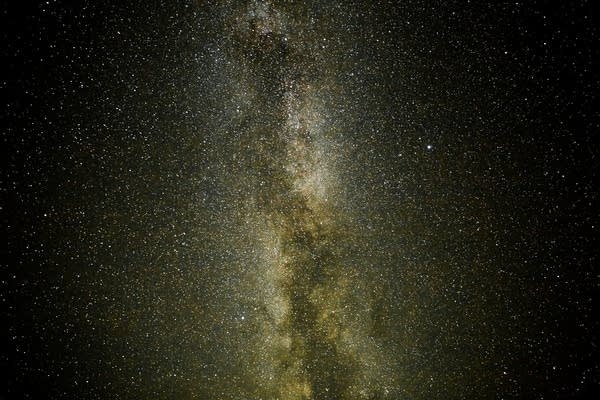After the fireworks, another light show: What to look for in Minnesota's night sky

The Milky Way galaxy is visible from just outside Voyageurs National Park in Crane Lake on Aug. 8, 2016.
Evan Frost | MPR News 2016
Go Deeper.
Create an account or log in to save stories.
Like this?
Thanks for liking this story! We have added it to a list of your favorite stories.


